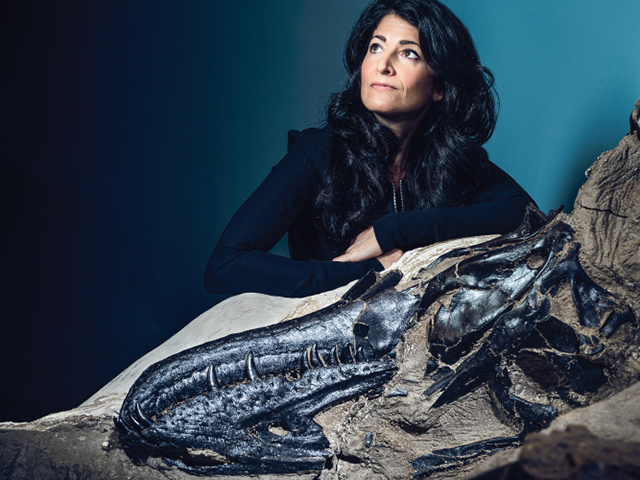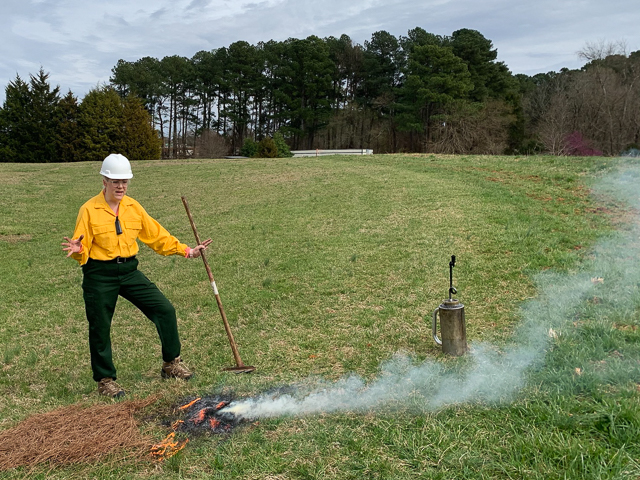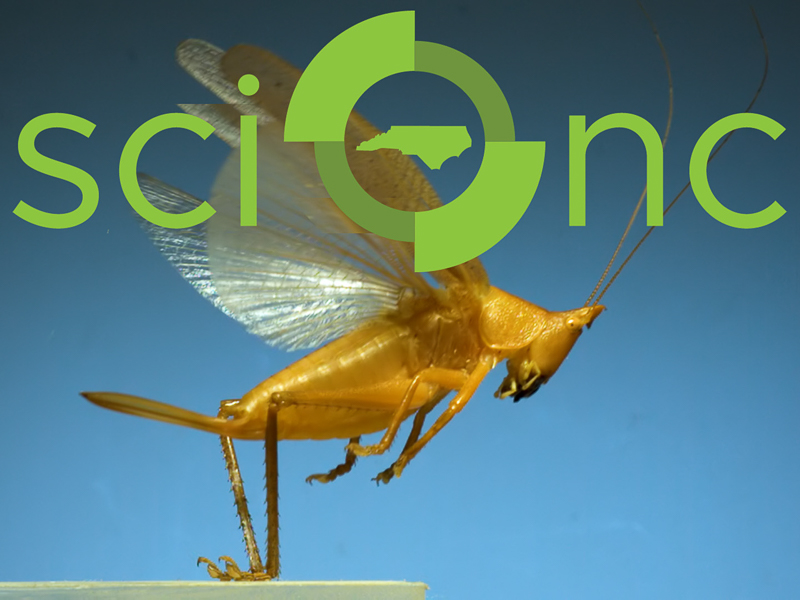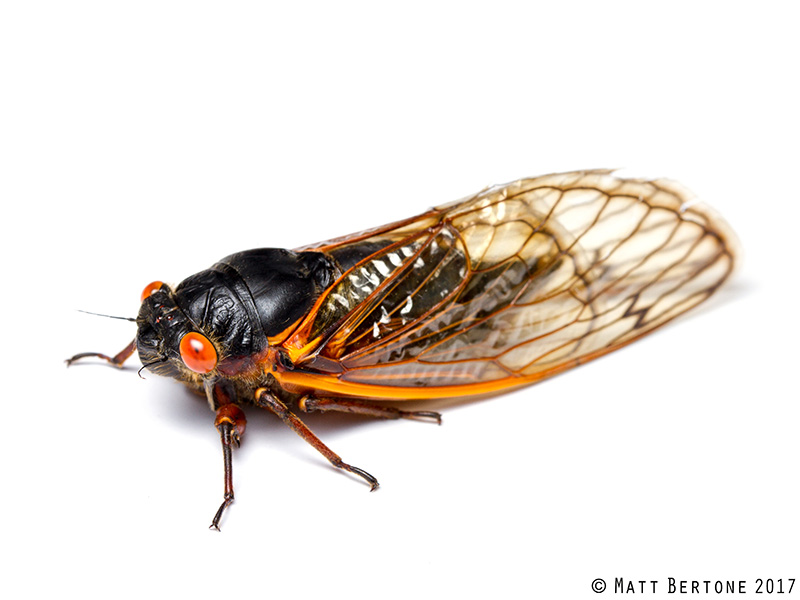
Walter Magazine: How the Dueling Dinosaurs Got to Raleigh
May 6, 2021
The Dueling Dinosaurs is featured in the latest edition of Walter magazine telling the story of the fossil’s journey from the Hell Creek Formation in Montana to our Museum! Check out this excerpt featuring Dr. Lindsay Zanno below: “The North Carolina Museum of Natural Sciences hosts over a million visitors in a normal year within… Read More >

Museum Staff Connects With Students on Climate Change and Forests
Erin Apple, Coordinator of Youth Programs at the NCMNS and a member of the YES-Resilience Project Team, connects with program participants over Zoom in preparation for demonstrating a prescribed burn at Prairie Ridge Ecostation in Raleigh, NC. Photo: Dana Haine/UNC IE. Recently, the UNC Institute for the Environment’s Center for Public Engagement With Science, in collaboration with… Read More >

The Museum’s Dr. Adrian Smith featured weekly on PBS North Carolina’s Sci NC
May 5, 2021
Tune into PBS North Carolina on Wednesdays at 7:30PM (EDT) today through June 30 to catch Dr. Adrian Smith, Head of the Museum’s Evolutionary Biology & Behavior Lab, on Sci NC with veteran reporter Frank Graff! Sci NC highlights the latest stories from NC and across the nation, interviews leading scientists, shares fascinating demonstrations and… Read More >

The Magical Appearance of Magicicada
Brood VI Magicicada septendecim. Photo: Matt Bertone. By Colin Brammer, PhD, Coordinator of the Natural World Investigate Lab In the coming weeks, parts of the eastern United States are going to experience a rare and special treat: the mass emergence of millions of Magicicada periodical cicadas. Why a treat, you ask? It is one of… Read More >

Our state flower, the Cornus florida!
April 29, 2021
By Chris Goforth, Head of Citizen Science, and Jess Wackes, PR & Marketing Coordinator It’s that time in nature when the flowering dogwoods (Cornus florida) are blooming! These beauties will pop up more and more as summer approaches, though flowering dogwoods are lovely any time of the year. Petals, but not really… The flowering dogwood… Read More >

